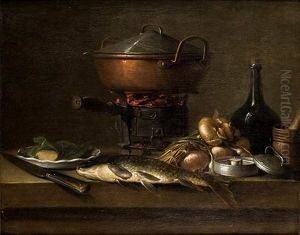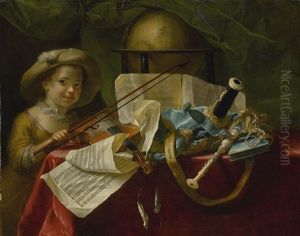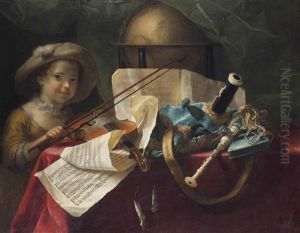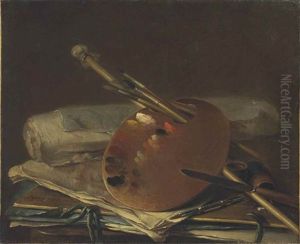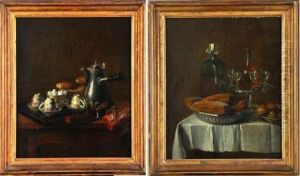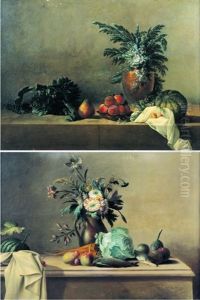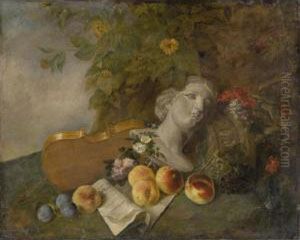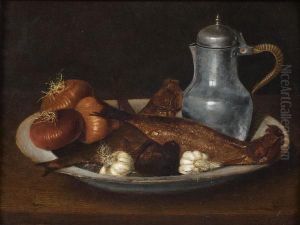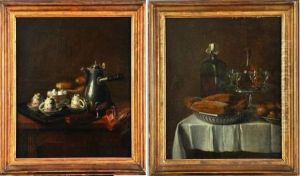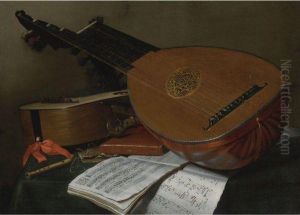Nicolas Henry Jeaurat De Bertry Paintings
Nicolas Henry Jeaurat de Bertry was a French painter who belonged to the 18th century. Born in 1728 in Vermenton, a commune in the Burgundy region of France, he was part of a family with artistic ties as his uncle, Étienne Jeaurat, was also a recognized painter of the time. Nicolas Henry was primarily known for his work in the Rococo style, which was characterized by intricate, ornamental, and elegant compositions.
Although not as widely known as some of his contemporaries, Jeaurat de Bertry contributed to the French art scene with his focus on historical and mythological subjects. He exhibited his works at the Paris Salon, a prestigious venue for artists to display their art to the public and potential patrons. His artistic career was marked by his adherence to the academic standards of the time, which demanded a mastery of form, composition, and narrative.
Jeaurat de Bertry's works were reflective of the tastes of the French elite, who sought art that depicted pastoral scenes, classical antiquity, and romanticized versions of country life. His paintings often included soft colors, delicate figures, and a sense of lightness, which were hallmarks of the Rococo movement. Despite the fact that the French Revolution, which began in 1789, brought about a change in societal values and tastes in art, Jeaurat de Bertry's career was established enough that he continued to work and sell his art during this tumultuous period.
Nicolas Henry Jeaurat de Bertry passed away in 1796, leaving behind a legacy that, while modest compared to the leading lights of French painting, contributed to the tapestry of Rococo art. His works today provide an insight into the aesthetic preferences and cultural milieu of pre-revolutionary France.

